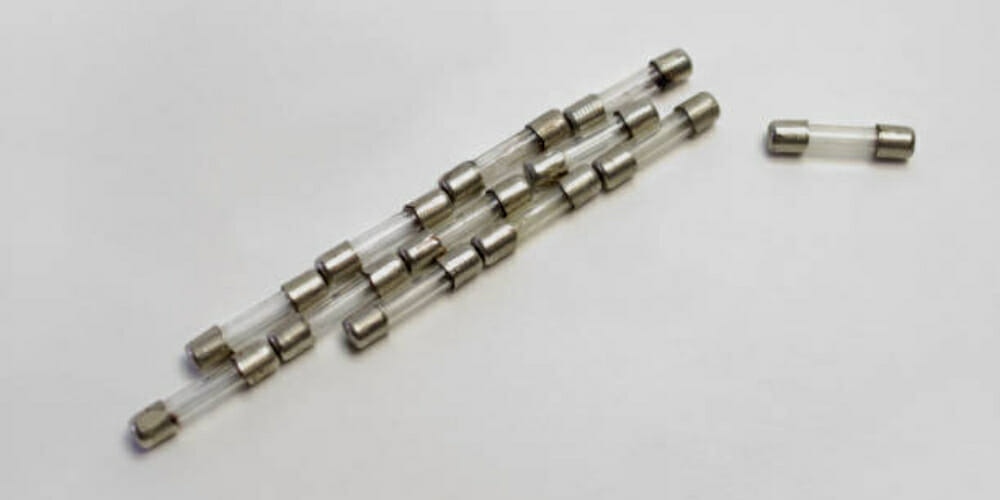How to Test a Thermal Fuse with a Multimeter

Thermal fuses often get blown due to power heaves and sometimes clogging. You can’t just look at the fuse and determine if it is burnt, you need to do a continuity test.
A continuity test determines whether a continuous electrical path is present. If the thermal fuse has continuity, then it is working fine, but if not then it is faulty and needs replacement.
This article will outline some easy steps to test if a thermal fuse has a continuity path or not. For this, you need a multimeter, preferably a digital multimeter.
For testing, you need to follow these steps:
1. Locate and retrieve the thermal fuse from your appliance,
2. Uncover the thermal fuse without damaging it or getting hurt, and finally,
3. Set your multimeter to the right mode for the continuity test.
Required Tools
You will need the following equipment to perform a continuity test for your thermal fuse:
- A functional digital or analog multimeter
- A thermal fuse from the faulty appliance
- Connecting wires or probes
- The electrical appliance
- Screwdrivers of various sizes
How to Test your Fuse with a Multimeter
Follow the below steps to understand what you need to do to know if your fuse is in proper condition.
- Location and retrieval of thermal fuse: Thermal fuses are available in different shapes and sizes. They all have the same internal features that drive their functionality. For example, if you are using a dryer you will start by removing all the screws, and finding the thermal fuse. Then by-pass wires and take out the fuse. Labels of the fuses help us to ensure that the appliance is not connected to a source of electricity. This helps us to avoid getting electrocuted. Most thermal fuses are safe and secure in the access panel. They are mounted behind the display or control panel (e.g. in the microwave or dishwasher). In refrigerators, thermal fuses are present in the freezer compartment. This is behind the evaporator cover due to the heater. (1)
- How to uncover the thermal fuse without damaging it, or getting hurt: To uncover the fuse, detach the wires from the terminals. Then use the screwdriver to demount the screws holding the thermal fuse in place.
- How to get your multimeter ready for a continuity test: Before you can decide whether to replace the old fuse or not, you will need to perform a continuity test. You will need to have a multimeter to perform this task. Sometimes, the fuse terminals get clogged. So you may need to unclog by removing the clogs or dirt. Then gently scrub them with a metallic object, before doing a continuity test. (2)
To set your multimeter, rotate the range selection dial to the lowest Ohms of resistance. After that calibrate the meters by pinging the probes together. Adjust the needle to read zero (for analog multimeter). For a digital multimeter, rotate the dial to the lowest setting of resistance. Then use one probe to touch one of the appliance’s terminals, and the other probe to touch the other terminal.
If the reading is zero Ohms then the fuse has continuity. If the needle doesn’t move (for analog), or if the display doesn’t change significantly (for digital), then there is no continuity. The absence of continuity means the fuse has blown out and needs replacement.
Replacement of the Faulty Thermal Fuse and Maintenance Tips
To replace your thermal fuse, reverse the retrieval process as specified above. To reduce the risk of fuse damage use voltage regulators to delay power or voltage flow. To reduce clogging you need to cover the fuse and fill the loopholes in the appliance. Finally use a consistent fuse.
Take a look at some of our related articles below.
- Multimeter continuity symbol
- How to read Ohms on a multimeter
- How to test a capacitor with a multimeter
References
(1) electricuted – https://www.sciencedirect.com/topics/medicine-and-dentistry/electrocution
(2) metallic object – https://www.britannica.com/science/metal-chemistry
